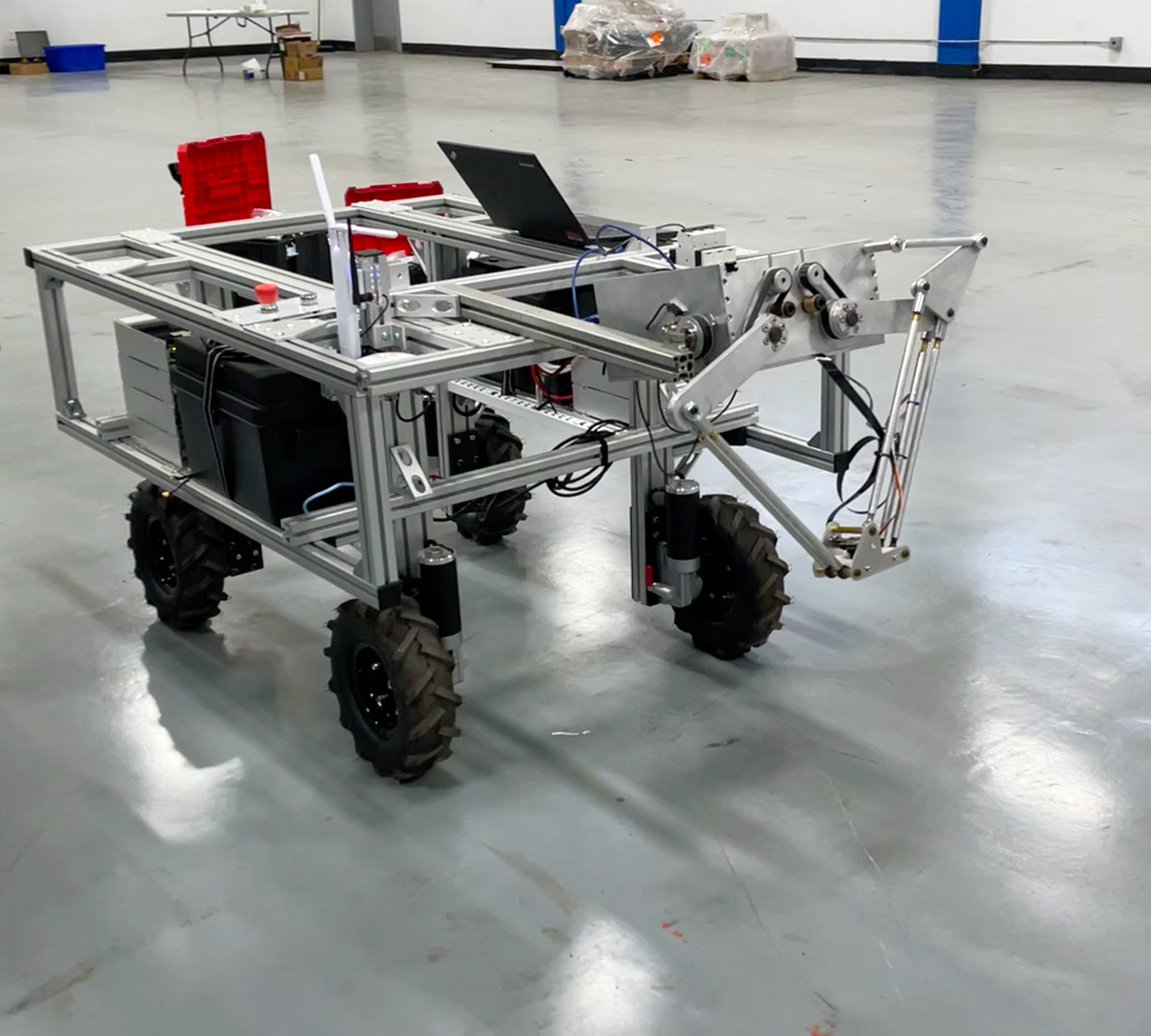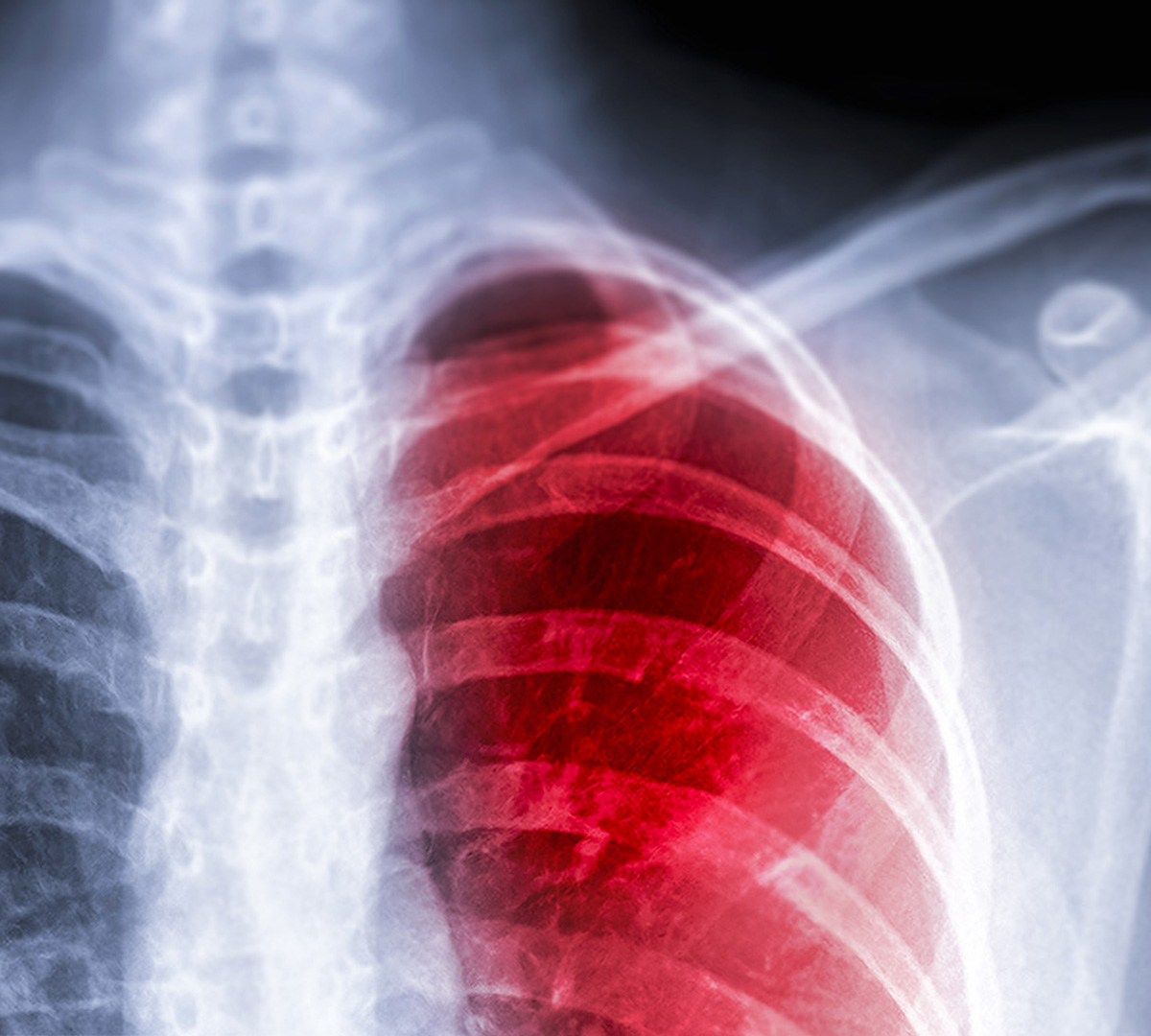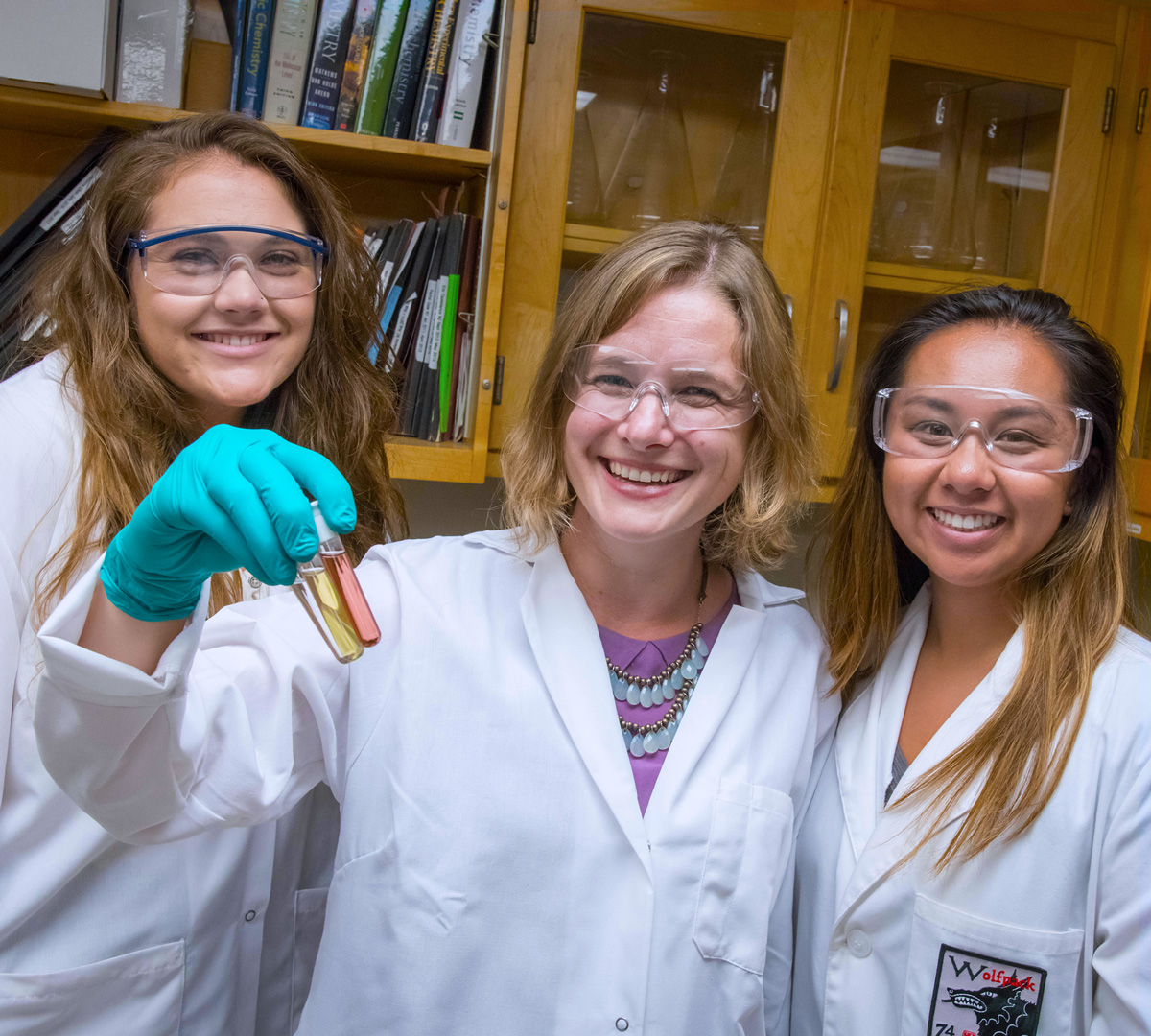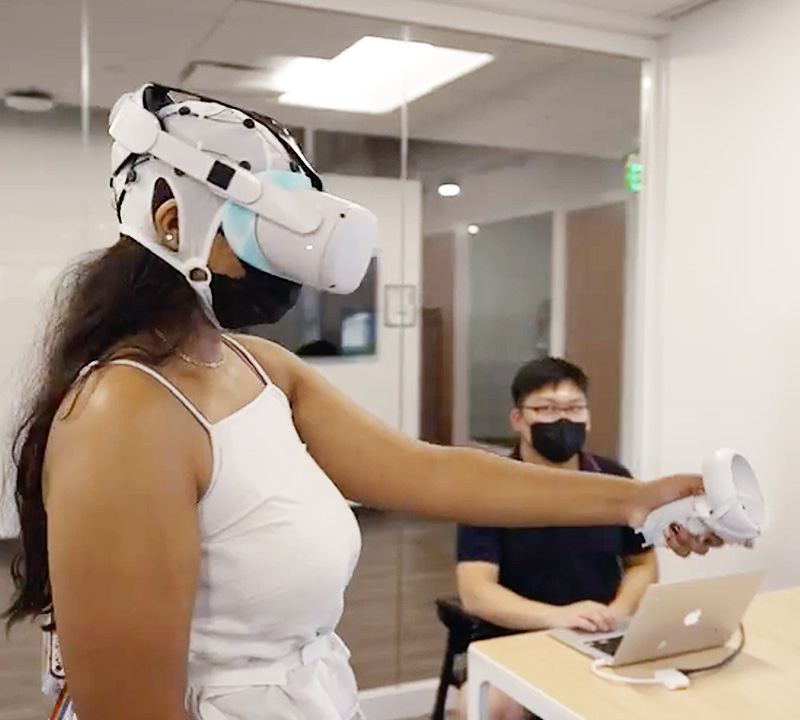Shape the Future

Undergraduate students get a head start on their career, gaining job experience and building a professional network through on-campus projects and internships run by tech and life science companies.

With guest speakers and corporate-sponsored visiting scholars, SCDI is primed to host important conversations about what comes next in Silicon Valley.

The BioInnovation and Design Lab, Frugal Innovation Hub, and Miller Center for Global Impact bring proven methods and key industry contacts to one location, maximizing the impact of humanitarian projects.

Through partnerships with tech and life science companies, students learn relevant skills and get experience using the latest equipment, all while building industry contacts.
Catalyze Curiosity
One of the world’s largest semiconductor manufacturing companies, Megachips Corporation, has partnered with SCU on the exploration of robotic sensing and control technology and to support the work of their visiting scholars. The latest initiative involves AI-based perception and control techniques for robotic systems, like the technology used in SCU’s self-navigated Agbots (pictured left), which can follow roads or planted rows.
Defining the boundaries of a tumor in CT scans requires trained technicians to view images and draw outlines of the tumor—a step that delays and thus impedes patient care, especially in rural areas. Led by Julia Scott, a research associate in the BioInnovation and Design Lab, a team of Santa Clara students is working with Varian Medical Systems to develop machine learning models that help automate the reading of scans so patients receive better and faster care.

Device connectivity is revolutionizing the way we live, particularly in mobile and pervasive healthcare. But each device on a network takes up bandwidth and computing power. Who decides which device gets priority when lives are on the line? Thanks to a partnership with Arista Networks, Assistant Professor Behnam Dezfouli and his students are developing novel techniques for addressing communication and computation challenges of mission-critical applications in medical systems. In addition to hardware investments, the relationship with Arista includes internship opportunities and workshops hosted by Arista.
Professor Korin Wheeler (Chemistry), Associate Professor Prashanth Asuri (Bioengineering), and a team of students partnered with BioSpyder Technologies to examine the effects of silver nanoparticles—which are in socks and food containers—on human liver cells. Building on an NIH grant, BioSpyder’s expertise in molecular profiling applications broadened the work’s scope. Wheeler likens earlier approaches to turning on one flashlight in a dark room. “BioSpyder enabled us to light up the whole room to see the subtle ways cells respond to nanoparticles,” Wheeler said.
During a disease outbreak, fast and safe testing can be the difference in avoiding a global pandemic. Research Associate Julia Scott and a team of students have partnered with Cepheid to develop a virtual reality training simulator for clinical technicians to learn how to take swab samples—as with COVID-19 testing—from a patient. Students develop skills in interaction design, VR development, and user studies while producing a simulator that promises to reliably reduce training time.



